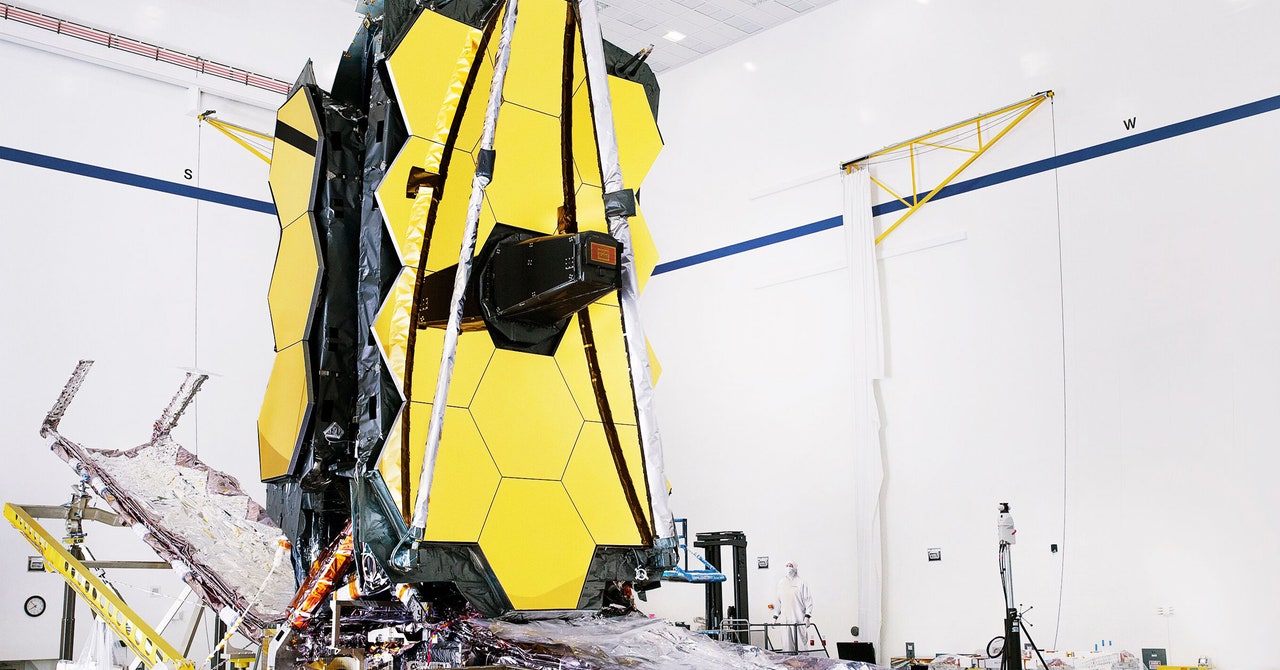
More recently, some astronomers and astrophysicists have argued that NASA should rename its new flagship observatory. In a March opinion piece in Scientific American, four scientists argued that in the 1960s its namesake was aware of, if not complicit with, “lavender scare” policies within the federal government, including NASA. Analogous to the anti-Communist “red scare,” these policies pushed many LGBTQ workers from their jobs at federal agencies.
Those authors, as well as more than 1,700 others in an online petition that was circulated following the publication of that opinion piece, called for the telescope to be renamed. Their objections prompted NASA to conduct an internal investigation in June. The agency didn’t release the results of that probe, but on September 27, current NASA administrator Bill Nelson sent a short statement to some news outlets: “We have found no evidence at this time that warrants changing the name of the James Webb Space Telescope.”
“I think that NASA could’ve done a lot better with their promises of transparency,” says Sarah Tuttle, a University of Washington astronomer and one of the authors of the op-ed. “I certainly hope in the future that NASA will consider actually instituting a community process as we name and launch more exciting big flagship missions.” She and other space scientists lament the James Webb name as an unfortunate distraction from the science the telescope will enable; they proposed alternatives like the Harriet Tubman Space Telescope and the Just Wonderful Space Telescope.
“Our focus should be on the tremendous power of this amazing facility that people have worked their whole careers on building. To have it bogged down with an element of controversy isn’t good for anyone involved,” says Caitlin Casey, an astronomer at the University of Texas at Austin who coleads the COSMOS-Web collaboration. This group changed the name of their own research program from COSMOS-Webb, and Casey now refers to the telescope only by its acronym.
Now that the telescope has finally arrived, everyone’s excitedly—and nervously—focused on its launch. Minor hiccups involving the tool for attaching the telescope to the top of the rocket, and involving a communication issue between the observatory and the launch vehicle system, delayed the launch, which was previously scheduled for December 18.
Assuming the launch goes according to plan, astronomers will then have to wait about six months until space science’s biggest Christmas present opens up and begins to witness new cosmic marvels. First, NASA engineers and their international colleagues have to follow an hourly step-by-step process for unfolding the telescope, moving it into position, cooling it down, and checking every part of every instrument, Mather says. He expects the scientific observations to start by the beginning of summer.
Hubble, which flies in low Earth orbit, has needed frequent servicing by astronauts over the years, and, as of late, it has been prone to hardware problems. For JWST, there can be no repairs in space because it will be so far away. Since no one can float up to JWST with a screwdriver, engineers have to hope that all their testing and backup systems will be enough. They have also developed methods for adjusting the telescope remotely, when needed. For example, scientists on the ground can precisely align the telescope’s mirrors, which are each attached to seven mechanical motors.
Astronomers believe JWST will not just benefit science, it will be a boon for communicating that knowledge to people who are curious about distant worlds, the lives of stars, and the beginning of the universe. “I think the images will be just as iconic and transformative as Hubble images, if not even more,” Casey says. “I’m going to be really thrilled to see them, and I think the public will really be captivated by them.”
More Great WIRED Stories


